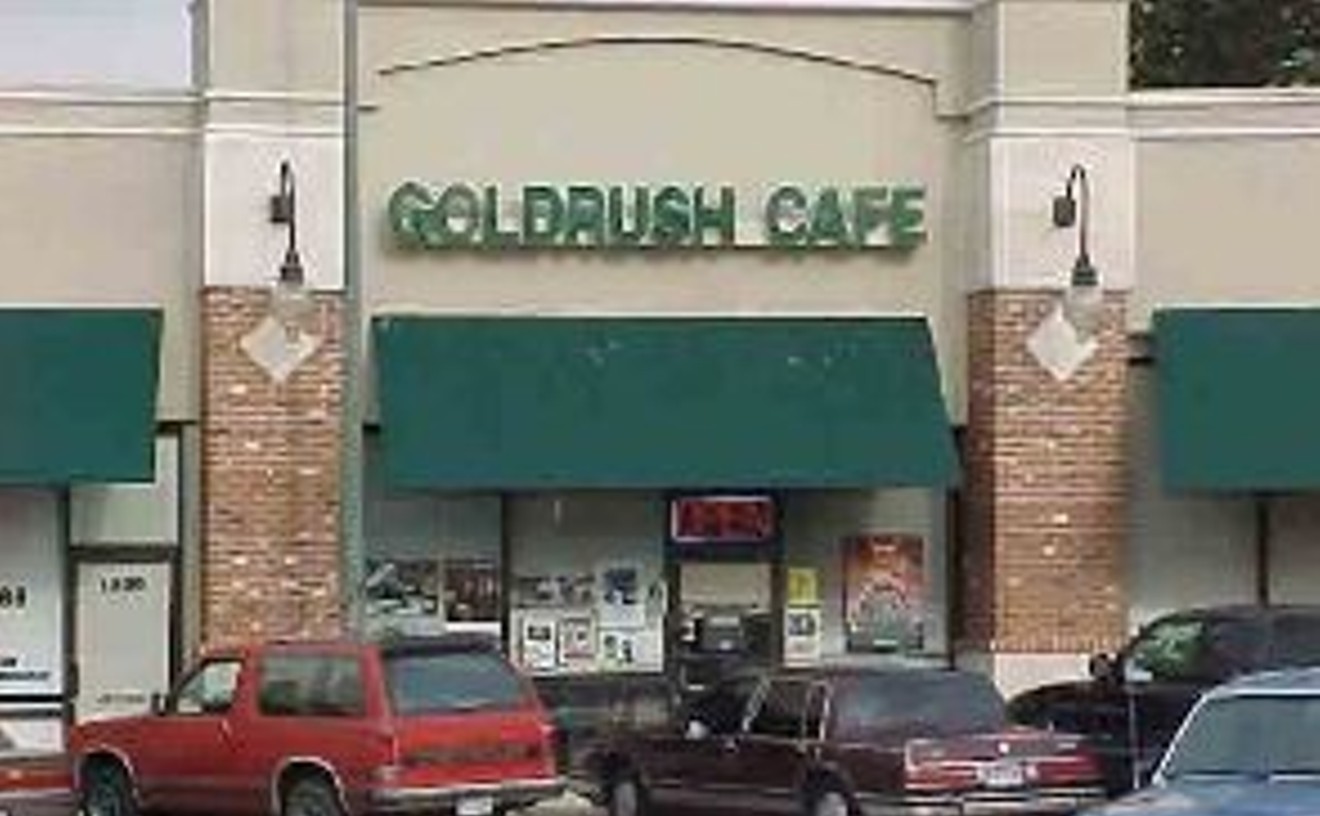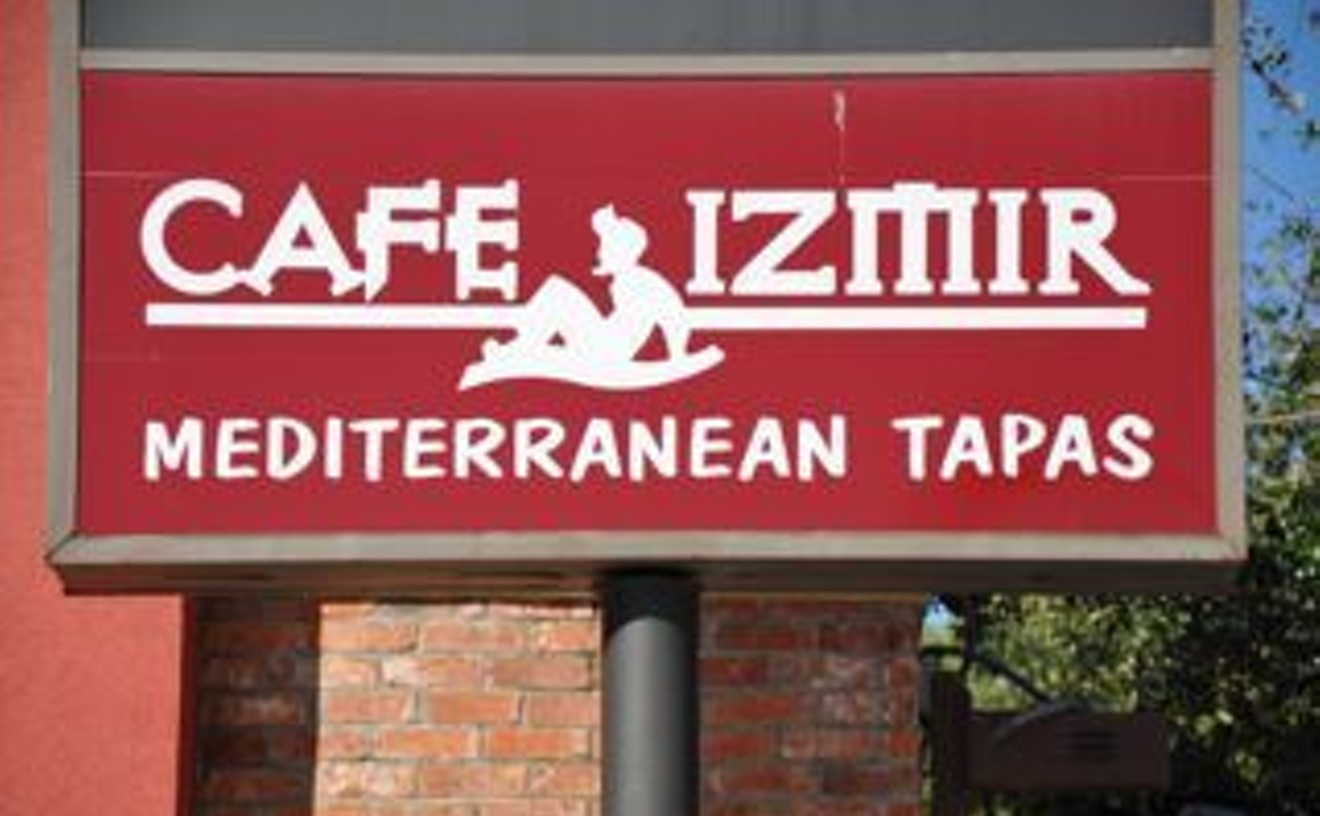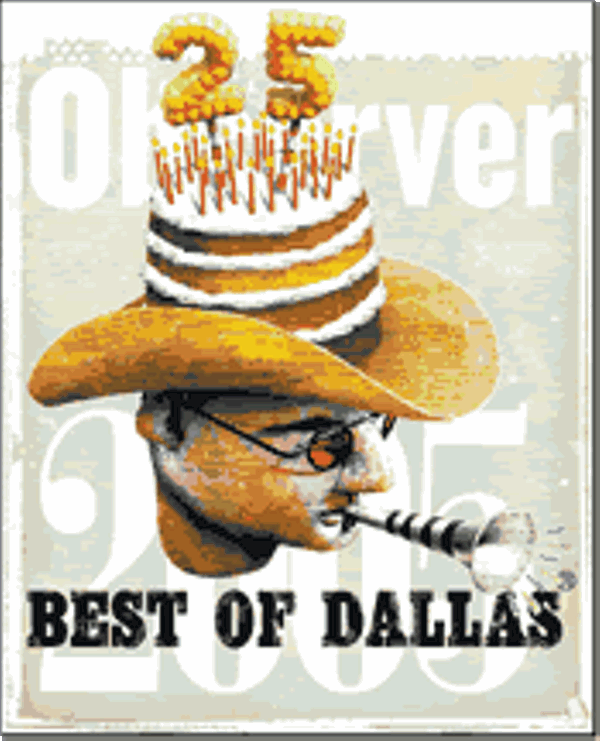His hibernation lasted nearly five years. Sure, his torpid state had a few movements and shifts: consulting projects for Hotel ZaZa's Dragonfly and Ama Lur at the Gaylord Texan Resort and Convention Center, plus the travel. But he was mostly out of sight.
That was then. Now Stephan Pyles is ready to resume his historic role of slapping Dallas' conventional dining wisdom silly--all with a smile. He's in fighting trim. He's shed his beard. He's scrapped weight training and running for Bikram yoga. He's raised $3 million.
This wasn't a sure thing. After Pyles, 53, left his Star Canyon, AquaKnox and Taqueria Cañonita brood to the fickle fates of Carlson Restaurants Worldwide at the turn of the millennium, he said he had grown weary of the grind of the line, preferring instead to create, taste, orchestrate and move on--all on someone else's dime.
But that's changed. "It's in my blood to be in the thick of it," he insists.
The thick of it is the eponymous Stephan Pyles, a 180-seat restaurant poised to open in November in the Arts District in the circa 1963, George Dahl-designed Southwest Plaza on Ross Avenue. The location is an odd one for Pyles, who seemed perpetually enamored with Uptown. He admits to skepticism of the vaunted downtown revival that has been blathered and boostered about for years. But after sniffing around and locking in a competitive lease on the property, Pyles is swooning over downtown. "I used to think of the Crescent as being the center of gravity in Dallas," Pyles admits. "I think the Nasher [Sculpture Center] has pulled the entire center of gravity to the arts district. I'm right down the street from there."
A remarkable space it is shaping up to be, too. His restaurant features a glass square kitchen in its midst, so that diners can ogle the real-time artwork until they're sated. There's a tapas bar and 20-seat community table near the entrance, so revelers can gorge on the steady parade of eye candy. The entrance has a light sculpture that burbles water into a reflecting pool. A walkway over the pool channels diners to the hostess stand. Pyles still winks, too: Tumbleweed chandeliers dangle in the dining room, and he's trying to score one of the chandeliers from Star Canyon to hang in the private dining room.
What tectonic shifts does Pyles believe are tugging Dallas toward his new roost? Solid and funded plans for parks, bridges and grocery stores, the latter already a reality with the opening of Urban Market this summer in the Interurban Building on Jackson Street. "All of these high-rise people are moving in," he says. "Where the hell are they coming from, the suburbs? It's almost guaranteed that there's some energy being transferred right now, to this area."
And this is where Pyles will perform his new compositions, collectively called New Millennium Southwestern. Sure, Pyles will throw a bone to nostalgia, wedging a bone-in cowboy rib eye, that famous orphan from Star Canyon, into his new menu. But rather than an overt presence, the Southwestern/New Texas touches will form a culinary trellis upon which he will hang Latin blooms as interpreted in Europe and South America.
It's the latest course in a long, strange banquet that began when Pyles was 8 years old working at his family's Phillips 66 Truck Stop in Big Spring decades ago. For the past 25 years, Pyles has been the most prominent of Dallas culinary leaders, driving dining culture's ebbs and flows while he pulled national and international spotlights to the city. Still, it didn't turn out like he thought it would.
"In the early '80s when we were just young punks cooking, we just thought we could change the city and the world and it was going to become this great culinary city," Pyles says. "And there was that potential. I don't know what happened.
"In the '80s we thought that we had created this incredible kind of culture. Instead of importing things, we created this movement and Southwestern cuisine was the hot thing, but it never really completely ignited. Something fell flat." He isn't sure exactly what fell flat.
Maybe it was the stagnating economy in the late '80s, drained by the savings and loan meltdown and the collapse in oil prices. Maybe he and his cohorts were ahead of the Dallas dining brood, exhausting them with the sweep of their movement. It was revived in the 1990s, but whatever the reason, Pyles says Dallas no longer has the energy driving its own specific cuisine that it once had. Look around. We have spots like Nobu, but you can get that in 12 other cities. Pyles says he is often asked by food journalists what young, up-and-coming chefs will shuffle onto the stage where he and ground-breaking chefs such as Dean Fearing and Avner Samuel perform. His answer? There really is no one.
"There aren't any because the young chefs of today are embracing global cuisines," he says. "Back 20 years ago there was 20, 25 of us in the country that got all of the press. And now it's like once every year--every month almost--there's a whole new group of celebrity chefs getting all of this press. And you think, "Where are all of these people coming from?' And there's very few Texans among them."
Pyles believes that after 20 years, Dallas is finally on the edge of greatness. The city's residents--through travel, Internet and cable and satellite television--are much more sophisticated and demanding than they were 25 years ago. The city's core--the magneto for any successful metropolis--is stumbling ever closer to relevance. High-profile projects such as The W, The Ritz and the Hotel Palomar are sure to bring in new energy, style and resources, but it's hard to see how the culinary spectrum can shift to make Dallas markedly different from a dozen or so other cities.
But Pyles is convinced it will happen within three years. "Some people compare us to the new Vegas--I wouldn't go that far," he says. "But I fully expect that Dallas is going to become a great culinary city. I thought that 20 years ago, and it didn't happen. So I stopped hoping for it...But now I think we're really going to become--finally--the world-class city that we've been striving to become for 20 years." --Mark Stuertz








